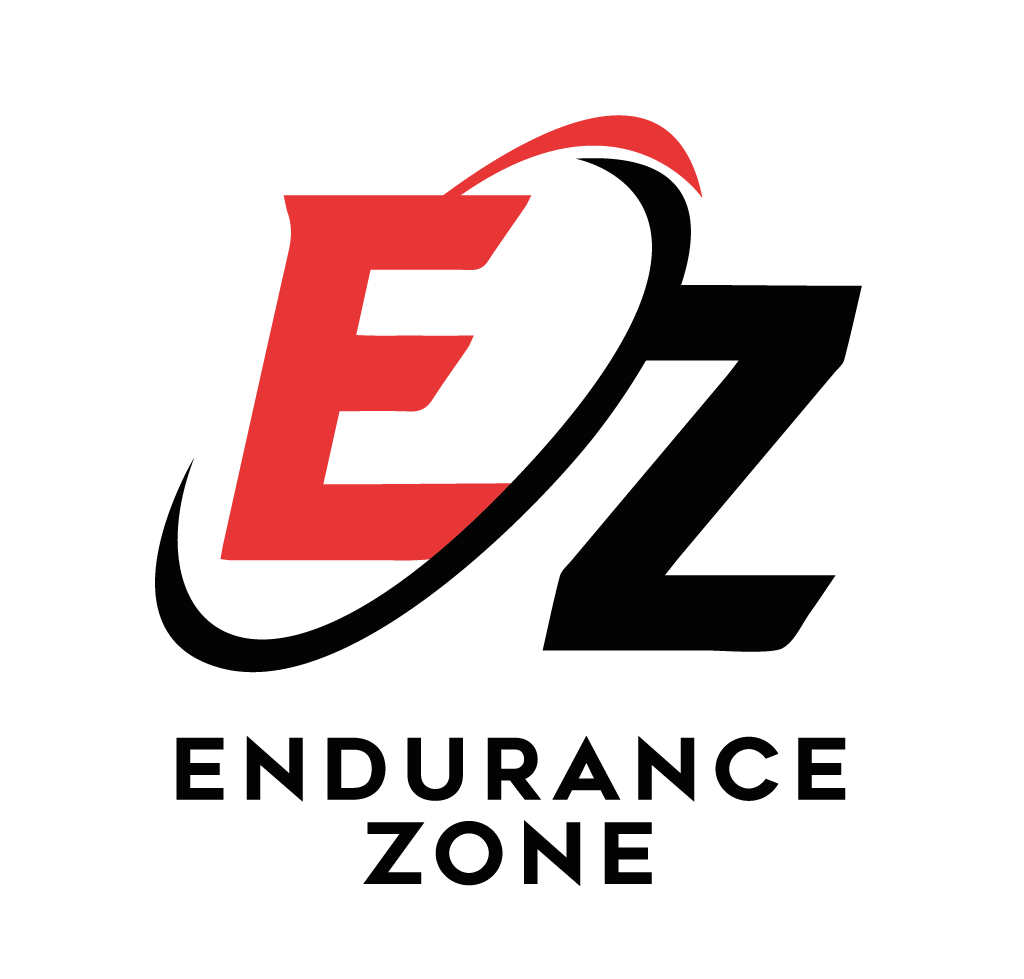8 ways to build a successful reward strategy
What is a reward strategy?
A reward strategy centres around giving something back to your customers, to support one or more of your commercial objectives. Often designed to incentivise consumers to stick with you over a longer period, they engender a sense of loyalty, or a perception of loss were they to shop elsewhere.
Many companies execute their reward strategy via reward platforms that are filled with exclusive benefits, discounts and experiences – providing additional value at no apparent cost to the customer.
Why implement one?
The best thing about a reward strategy is that it can impact your entire customer lifecycle. Not only increasing lifetime value but also driving acquisition in the first place.
Acquisition - A differentiator to bring customers into the door.
Engagement – An engaging touch point that adds value
Upsell – Incentivise membership upgrades with better rewards
Retention – Another reason to stick with you
Do rewards work?
In a word yes, but only if implemented well. This is evident across a range of markets (think Meerkat Movies!). However, companies can be put off by a misconception of high cost/effort to launch something worthwhile. The truth is it’s never been easier to build an effective rewards platform.
8 ways to build a successful reward strategy
1. Define your goals
Don’t jump straight into what you’ll offer, determine your primary goals to help guide your strategy. i.e. Is your core objective to upsell? Then your strategy needs to offer rewards that truly incentivise that.
Want to increase sales from existing customers? Then your journey should include peaking customer’s interest with additional products or services.
Going for higher retention rates? Then ensure your approach drives engagement throughout their subscription period.
2. Offer rewards your customers want
The most common reason reward strategies fail is because the rewards themselves are unappealing. Like all good marketing, the customer needs to be at the heart of the strategy and so understanding what your customers want is paramount.
What are their interests? What do they spend their money on? What will add value to them? It sounds obvious but it’s amazing how many companies throw a few random discounts together and think that’s enough.
3. Differentiate yourself
The bottom line is your rewards should make you stand out from the competition. So do your research first to ensure this happens. Differentiation can come in many forms – the appeal of the rewards, the quantity or even the experience itself.
Of course, the best situation is when your competitors offer no rewards at all, to which you can create a true point of differentiation.
4. Seamless integration with simple UX
A key benefit of a rewards platform is that it brings customers back to your eco-system. So, avoid it sitting outside of your usual membership area or customer login. This includes sending users off to a third-party provider – your customers won’t thank you for more login details and simply won’t use it. Instead, it should be integrated into your customer journey - a fully branded, frictionless experience.
Alongside relevance and choice, people want convenience. Well implemented UX is vital in achieving this. Don’t damage engagement by making it super hard to use. Your customers should be able to find a reward and redeem it within a few clicks. Anything more and you’ll start to see big drop offs. Ask yourself, would you enjoy the experience? Until that answer is yes, it needs improving.
5. Market it!
There is no point creating a fantastic reward offering if no one knows about it. It sounds obvious but this is a common misstep by brands who lose enthusiasm after the hard work is done, or prioritise other efforts that impact revenue short term.
Customers love being updated on rewards and offers (if relevant to them) and so frequently showing them what they can get, will get them engaged. Only engagement will drive the commercial goals you’re looking for.
6. Monitor & optimise
Launching your rewards platform is just the beginning. Monitoring KPIs like engagement and retention are important, especially as you fine tune things. Looking deeper into how your customers use the platform will highlight opportunities to enhance further.
For example, understanding what rewards are most popular? Are there differences across customer segments? What do your customers like about the platform? What do they not? Quantitative and qualitative data will help you and your customers get more value out of the platform. Monitor, analyse and make tweaks as you go.
7. Work with a specialist rewards provider – Although it’s never been easier to launch a great rewards offering, it’s still something that requires careful consideration and a degree of ongoing effort.
However, there are companies who can do the heavy lifting for you. They also already know what works, and what doesn’t so they’ll give you the biggest chance of success. There’s a cost for these services but may be more affordable than you think.
Where possible, look for a rewards company who are experts in your market. They’ll understand your audiences better than a generic rewards provider.
8. Looking to launch a reward strategy?
We power organisations with rewards tailored for sports and fitness consumers, having built the largest sports reward platform in the world. Our technology is fully white-labelled and can integrate seamlessly into your customer journey.
To see how it all works, drop us a message at [email protected]. We’d love to show you the platform and how it could support your commercial goals.

